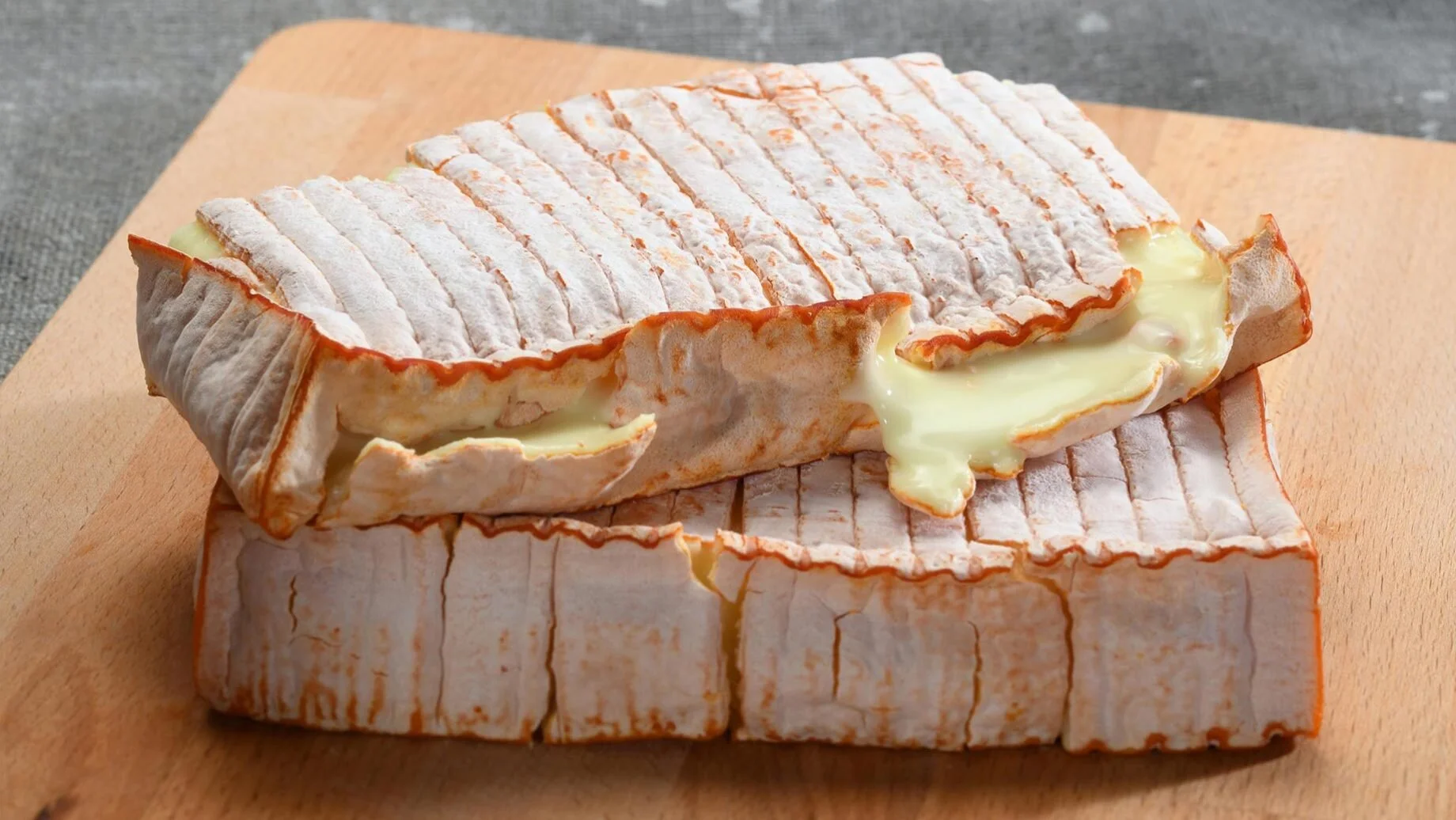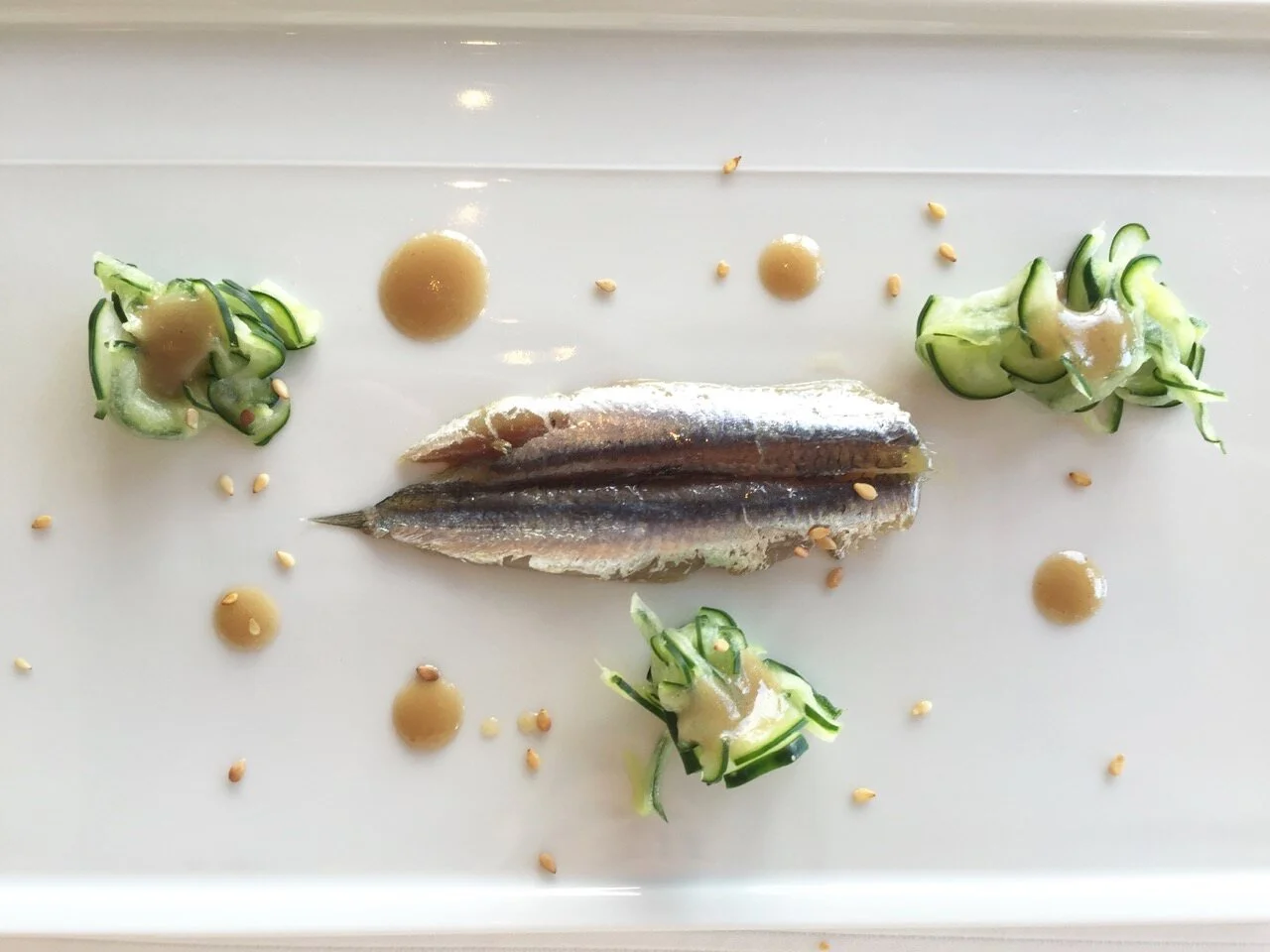World Cheese Encyclopedia - Each Sunday learn all about a new cheese.
This week Ros from Spain.
Photo: Craig Lee, SF Gate
Country: Spain 🇪🇸
Region: Catalonia
Made from: Goat’s milk
Pasteurised: Yes
Texture: Firm
Taste: Milky, salty, fruity
Certification: No
Ageing: 4 to 10 months
Ros is a relatively new cheese having been invented in 1993. It is an aged sheep’s milk cheese. It is marketed under the name Ombra in the USA. The name Ros literally means "blondie" in Catalan and is also the nickname of the producer, Josep Cuixart, who has fair hair. The name was also chosen because of the light straw color of the cheese's interior when mature. The cheese has a natural rind, which becomes coated with gray and brown mold as it matures. The cheese is aged for at least four months, but can be matured up to ten months.
Photo: canpujol.com
Wheels of Ros are quite small, about three inches in height, weighing about two pounds each. The paste is snowy white in color and as it matures becomes studded with delicious crunchy nuggets of salt crystals. It also matures into a warm, buttery color. The flavor could be compared to a sheep’s milk Parmigiano. It has butterscotch notes, pineapple, and is milky sweet but balanced with citrusy acidity.
History
Ros is produced by Josep Cuixart, who opened Formatges Can Pujol in 1980. He started to produce fresh goat’s cheese with milk from his own small herd of goats. In 1990 he began producing aged cheeses including Ros and Nevat. He is now located in Vilassar de Dalt, a town north of Barcelona in Cataluña, Spain and has earned a well-deserved renown for excellent cheeses including Petit Nevat and Ros. Formatges Can Pujol still uses the milk from their own herd of goats, supplemented with milk from farmers in the area.
Photo: The Wine Country
How to enjoy it
Ros is delicious served on its own or as part of a cheese platter. It goes well in many dishes, such as salads, and meats. It is best served with wines from the region such as sparkling Cava or reds from Montsant and Priorat. Further afield it pairs nicely with a fairly spicy wine such as a Rioja.
Sources: Culturecheesemag.com, Formatges Can Pujol, cheesemonthclub.com, SFGate
Have you always dreamed of becoming a better cook? Now you can with our online video cooking classes
































